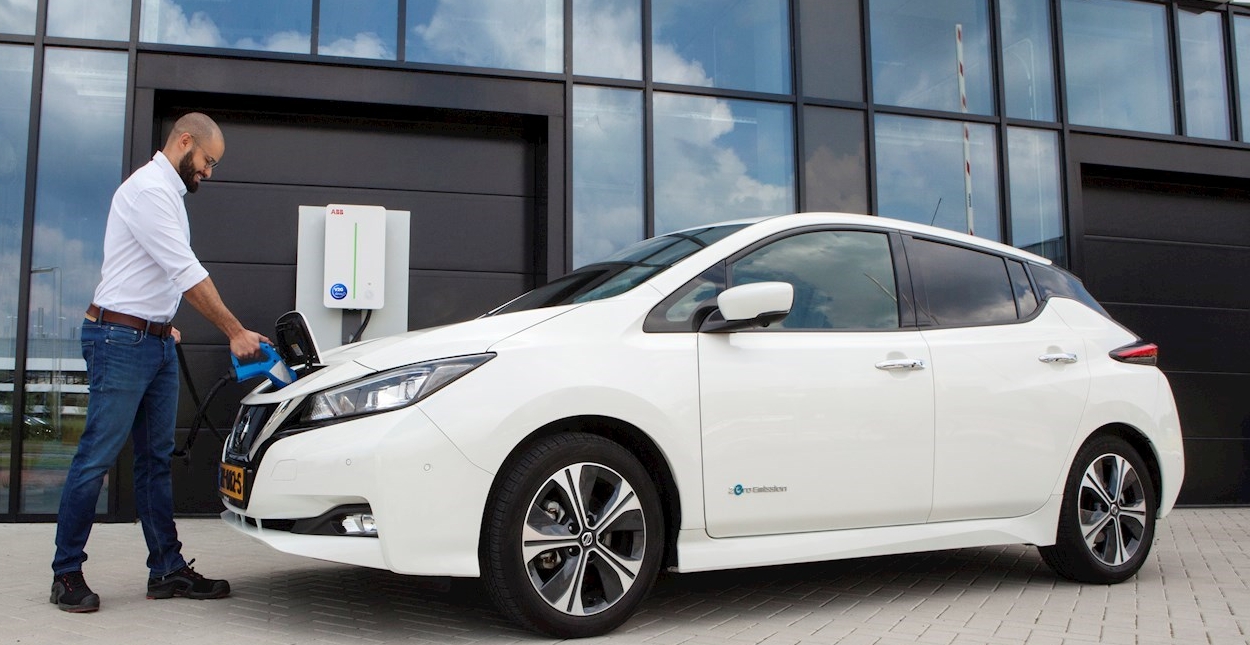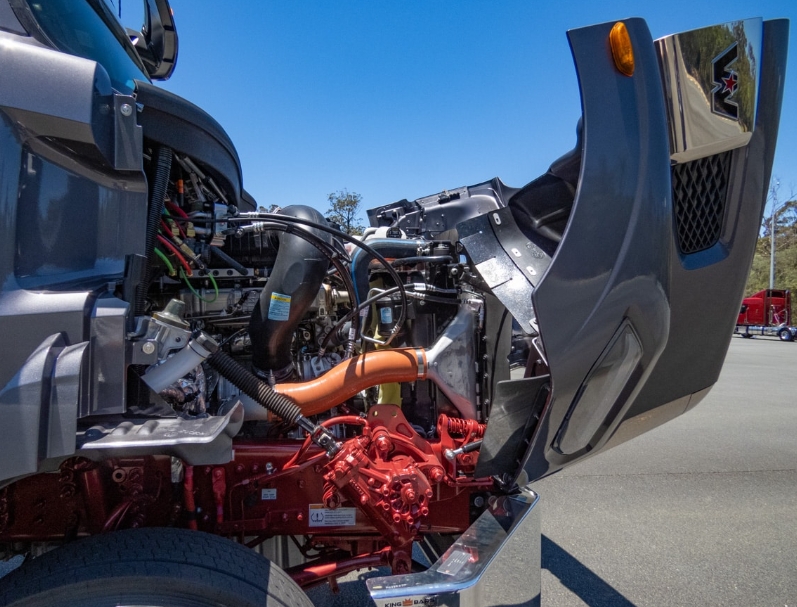
Still expensive, EVs (electric vehicles) have two advantages. First, a big purchase bonus (€6,000 on July 1), and this will continue. But secondly, a definite advantage in terms of maintenance costs. But how much?
The thermal car is synonymous with regular reviews (every year or every 2 years) with oil change, replacement of multiple filters. They are also regular replacements of wearing parts (brakes, clutch, exhaust), timing belt for those equipped with them, DPF (particle filter) for many of them in the medium term.
The EV, if it does not completely do without maintenance and must also go through the garage box, is however freed from many of these replacements. And that quite logically lowers the note.
Lower maintenance costs
In 2012, relayed the study of a German organization, the IFA (Institut für Automobilwirstschaft), which stated that the cost of maintaining an EV was 35% lower than for an equivalent thermal. On average €2,350 over 8 years compared to €3,650.
Is this still the case? The question deserves to be asked, when we see that this type of energy is taking a growing share in new car sales, and this year will be close to 7% market share, when it was barely more than 1% four years ago.
An implacable logic of economy
This seems implacably logical, when we know that an electric vehicle requires neither oil change nor replacement of oil filters or fuel filters, that it has no timing belt, no exhaust pot. exhaust, and that the braking parts wear less quickly due to energy recovery, which acts as an engine brake. Some owners report doing over 150,000 or even 200,000 km with one set of pads. The only elements to be replaced are precisely those of braking, the suspensions, and the windscreen washer fluid.
We can even go further and deduce that in the absence of a turbo, an EGR valve (exhaust gas recirculation), a DPF (particulate filter) and any other device aimed at reducing pollution and consumption, we eliminate automatic sources of failure that can be costly to repair outside the warranty. But that does not come under “maintenance costs” in the strict sense of the term.
It is only the tires that wear out faster, due to the higher torque of electric cars, and are immediately available from the first turn of the wheel. But a little compensated by the fact that in general, we drive “calm” with an electric, to preserve autonomy.

Also, EVs must have a battery control system, power electronics and a cooling system that must be closely monitored.
But this does not raise the cost of revision to the level of thermals.
Thus, the UFC que Choisir, during a major survey in 2018, concluded that the economy varied from – 15% to – 35% depending on the category of vehicle.
Our colleagues from the Clean Automobile site, specialists in electrical things, put forward a commonly accepted figure of a saving of 25% on average for an EV compared to thermal. They also relay an American study of the “Consumer report” which affirms that the costs are halved the first 5 years, but can then go up, while remaining lower than those of a thermal car.
The mileage frequency of revisions, on certain models, is also more spaced out. Usually between 15,000 km and 20,000 km in thermal (rarely 30,000 km), it is more often 30,000 km on electric (this is not a generality, the Japanese staying for example on 15,000 km), but remains subject to a “time” frequency all the same (one year in general). The Aiways brand even talks about maintenance every 100,000 km on its U5 model, with no time limit! Unbelievable…
In fact, we go to the dark side only if it becomes necessary to replace the battery. Elements guaranteed for a long time, on average 8 years.
Fleet owners and managers confirm studies
Company vehicle fleet managers have made identical or even more obvious observations, and some cite operating costs divided by 4, after an acquisition cost, however, multiplied by 1.5.
Renault, the leading seller of EVs in France with the Zoe, has always announced 20% lower maintenance costs for the latter, compared to a gasoline Clio.
And the owners, who are of course the first and most reliable informants, are all going in the same direction: it’s economical! In our owner reviews, many cite the economic side of their EV as positive points. They have all lowered their maintenance costs compared to their old thermal car, while also lowering the cost per kilometer at the same time, thanks to refills which cost much less to cover 100 km than with fossil fuel. This is another advantage, but here we go beyond the field of maintenance.
The balance sheet
Either way, it appears unambiguously that the high acquisition costs of an electric car are offset by lower maintenance and usage costs. Clearly, it is acquired, but it is not that it is difficult to make understand to the customers. It is rather the fact of having to “full” every 250/300 km. A full tank that also takes a certain amount of time. But for the rest, the advantages, primarily financial in the long term, are obvious.





